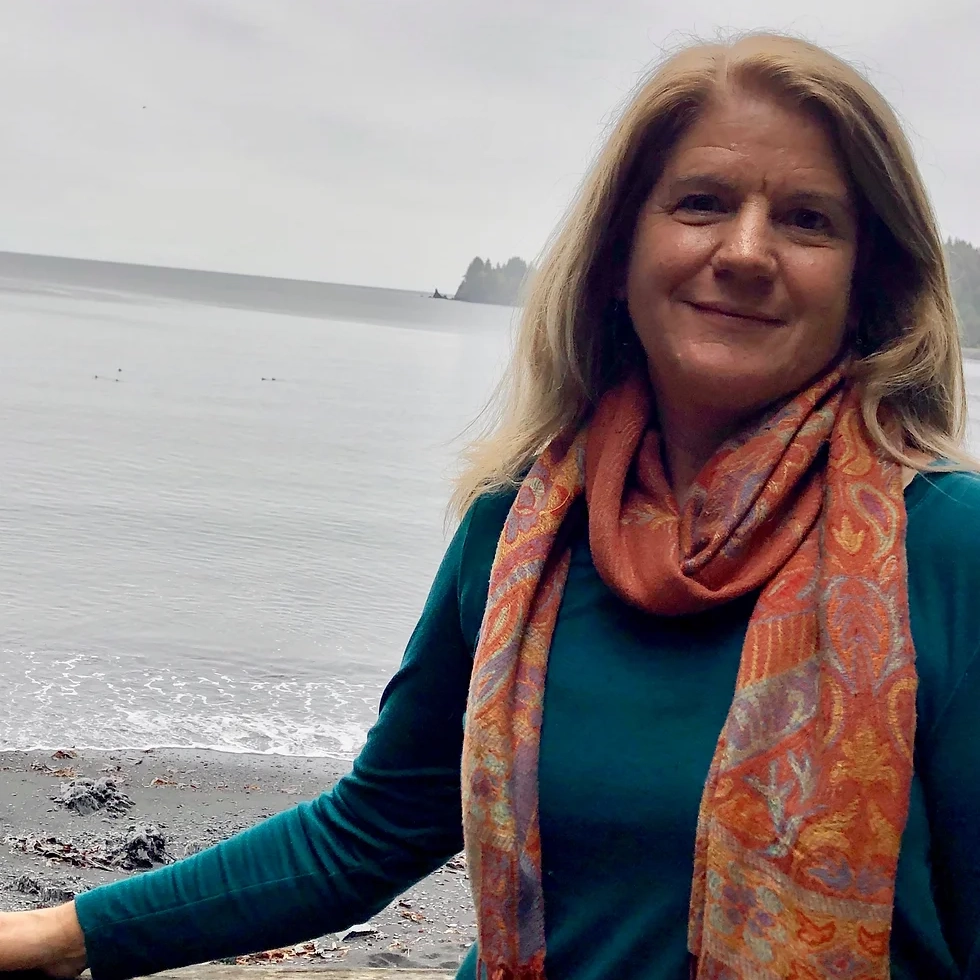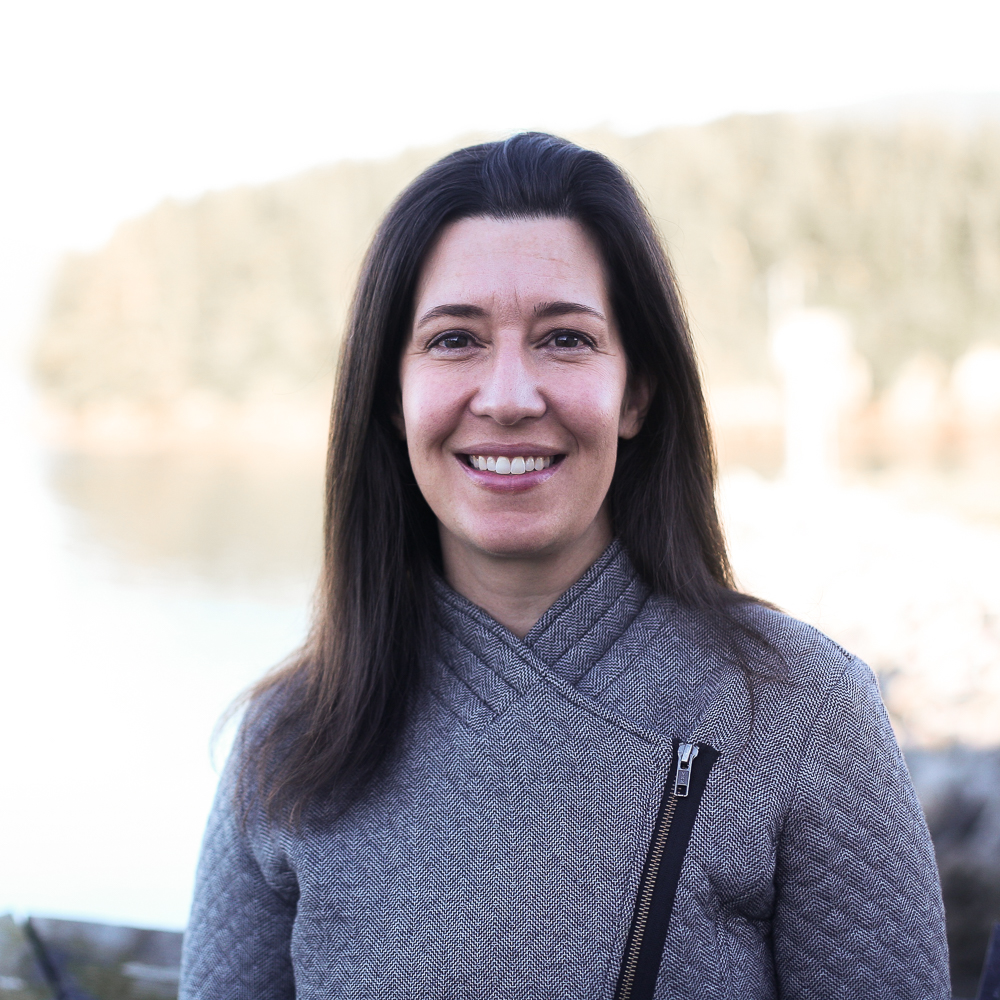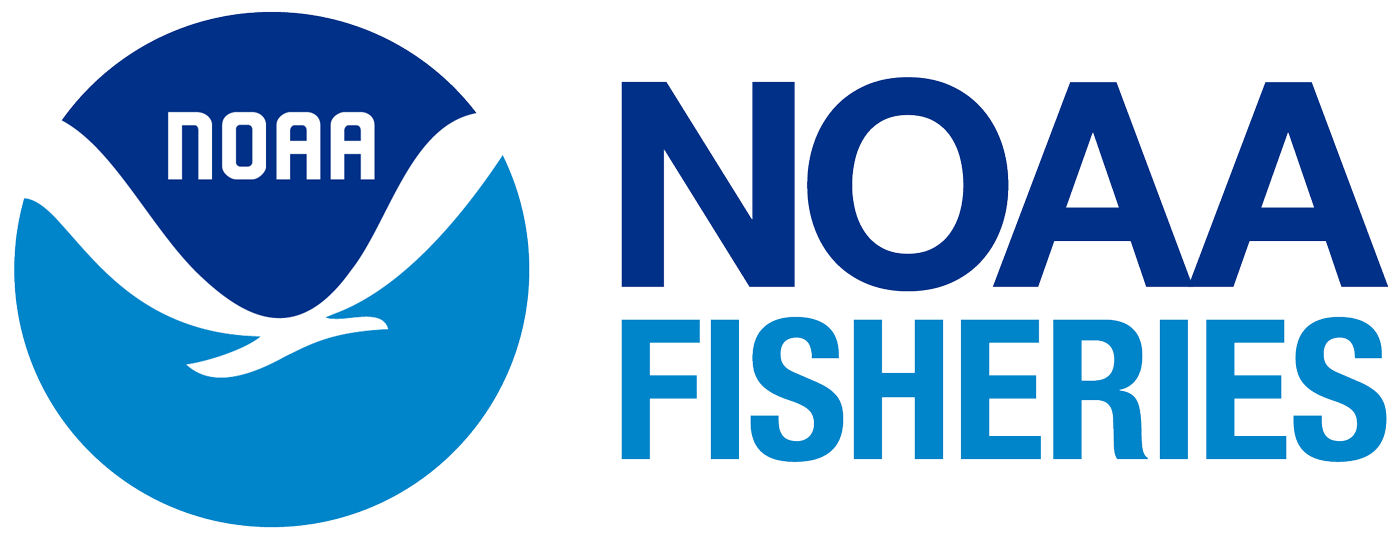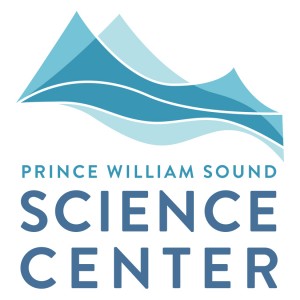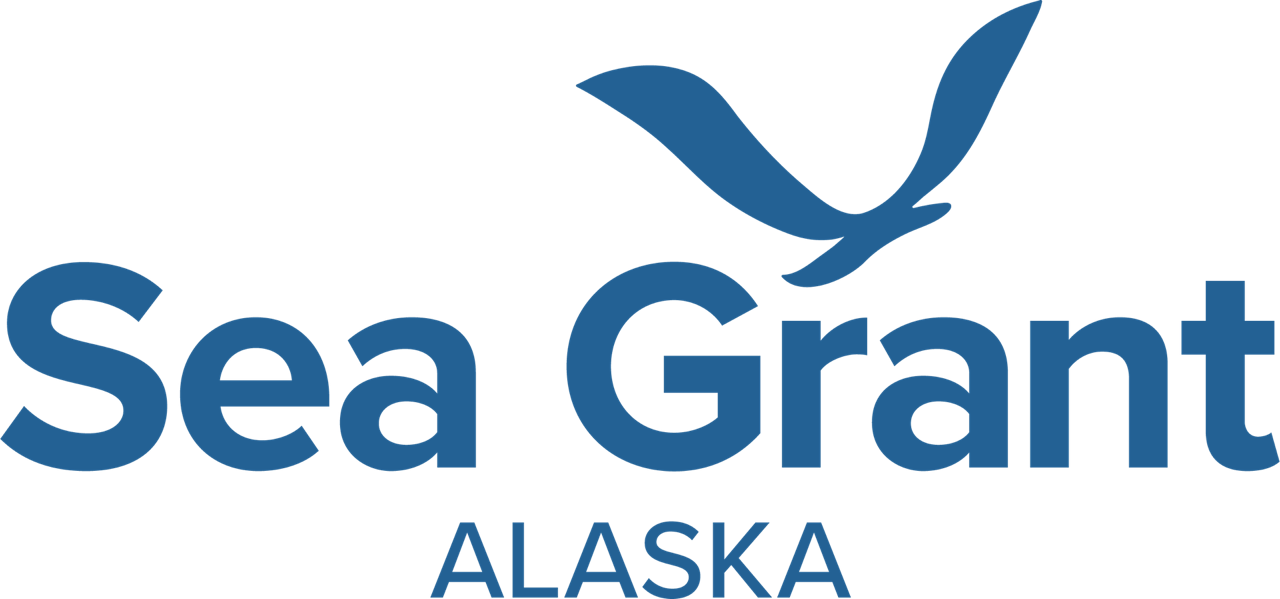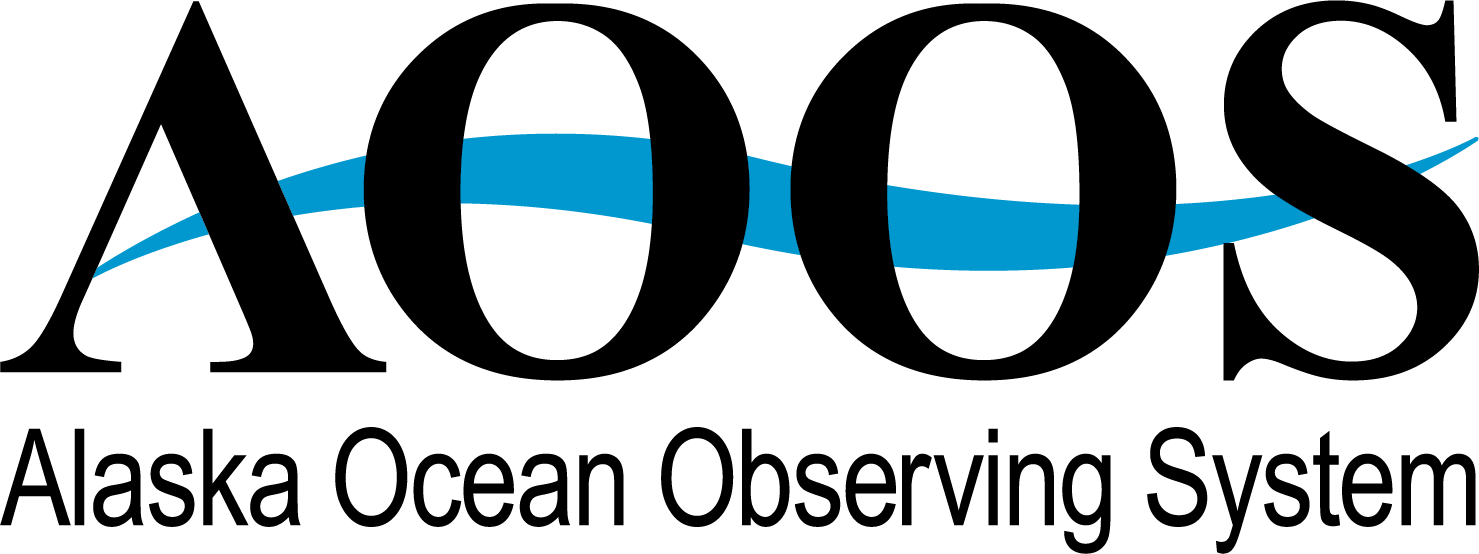Climate planning for fishing communities
Advancing understanding of climate adaptation and resilience in Gulf of Alaska fishing communities What Is Adaptation Planning?What is the problem?
Across the Gulf of Alaska, warming temperatures and increasing extreme weather associated with climate change are transforming and undermining the health of marine ecosystems and disrupting ways of life.
From 2014 to 2016, the Gulf of Alaska experienced an unprecedented marine heatwave that led to numerous fisheries disasters and collapses across trophic levels in the ecosystem. Marine heatwaves are expected to become more frequent in the region in the future, with ecological impacts that are difficult to predict due to their cyclical, linear, and additive patterns.
Alaskans, especially Alaska Native Peoples, have a deep connection to their surrounding ecosystem and strong dependence on natural resources. This reliance, combined with geographic isolation that drives up costs of living, elevates vulnerabilities of Alaskans to changes in the natural environment.
What can be done?
Despite the present and future adverse impacts of climate-driven changes to fisheries in the region, there is a dearth of adaptation planning to ensure the resilience of fishing communities. Across the Gulf of Alaska, communities and organizations are engaging in ad hoc adaptation and resilience efforts. Yet in the absence of formal adaptation planning these efforts are often not coordinated within or across communities, missing potential opportunities for building synergies and ensuring long-term success.
This project addresses this critical need by working with three of the most highly dependent and diverse fishing communities in the region – Cordova, Kodiak, and Sitka – to develop fisheries adaptation plans. Work will be led by community organizations – Prince William Sound Science Center (Cordova), the Alaska Marine Conservation Council (Kodiak), and the Alaska Sustainable Fisheries Trust (Sitka). These organizations will partner with communities in their regions to ensure planning efforts are inclusive of broader regional climate impacts and resilience needs, and synergize existing community plans for hazard management, economic development, and climate resilience.
The research is centered around three major fishing communities:

Cordova
Located at the southeastern end of Prince William Sound (PWS) in the Gulf of Alaska, Cordova has a year-round population of just over 2,500 that doubles during the busy summer fishing season. The Native Village of Eyak has inhabited this community and thrived off the rich marine resources in the area for thousands of years. The town sits close to the mouth of the Copper River Delta, home to the world famous Copper River Salmon. Together, the PWS and Copper River regions provide Cordova fishermen access to numerous wild and hatchery salmon runs across all five species, which account for over 90% of total ex-value for vessels in the community. The planning effort in Cordova will include other adjacent PWS communities.
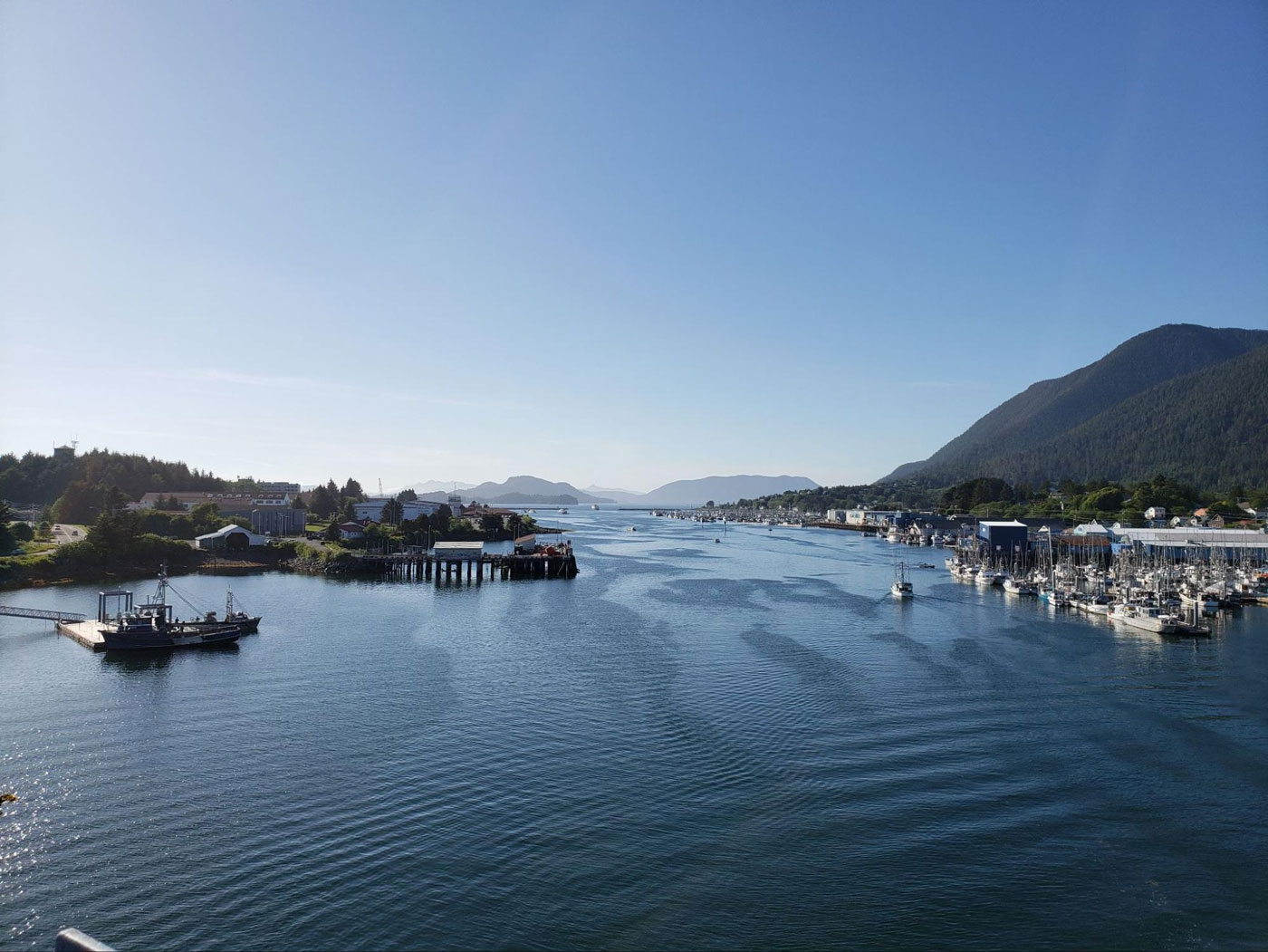
Sitka
The community of Sitka is located on the west side of Baranof Island in southeast Alaska, surrounded by the largest temperate rainforest in the world – the Tongass National Forest. The community was settled by the Tlingit several thousand years ago, with the name deriving from the Tlingit Shee At’iká, meaning “People on the Outside of Shee (now Baranof Island).” Sitka fishermen participate in a diversity of State and Federal fisheries including herring, salmon, halibut, sablefish, ling cod, and dive fisheries. Sitka consistently ranks as one of the top ten fishing ports in the U.S. The planning effort in Sitka will include other adjacent Southeast communities including Hoonah, Port Alexander, Pelican, Kake and Angoon.
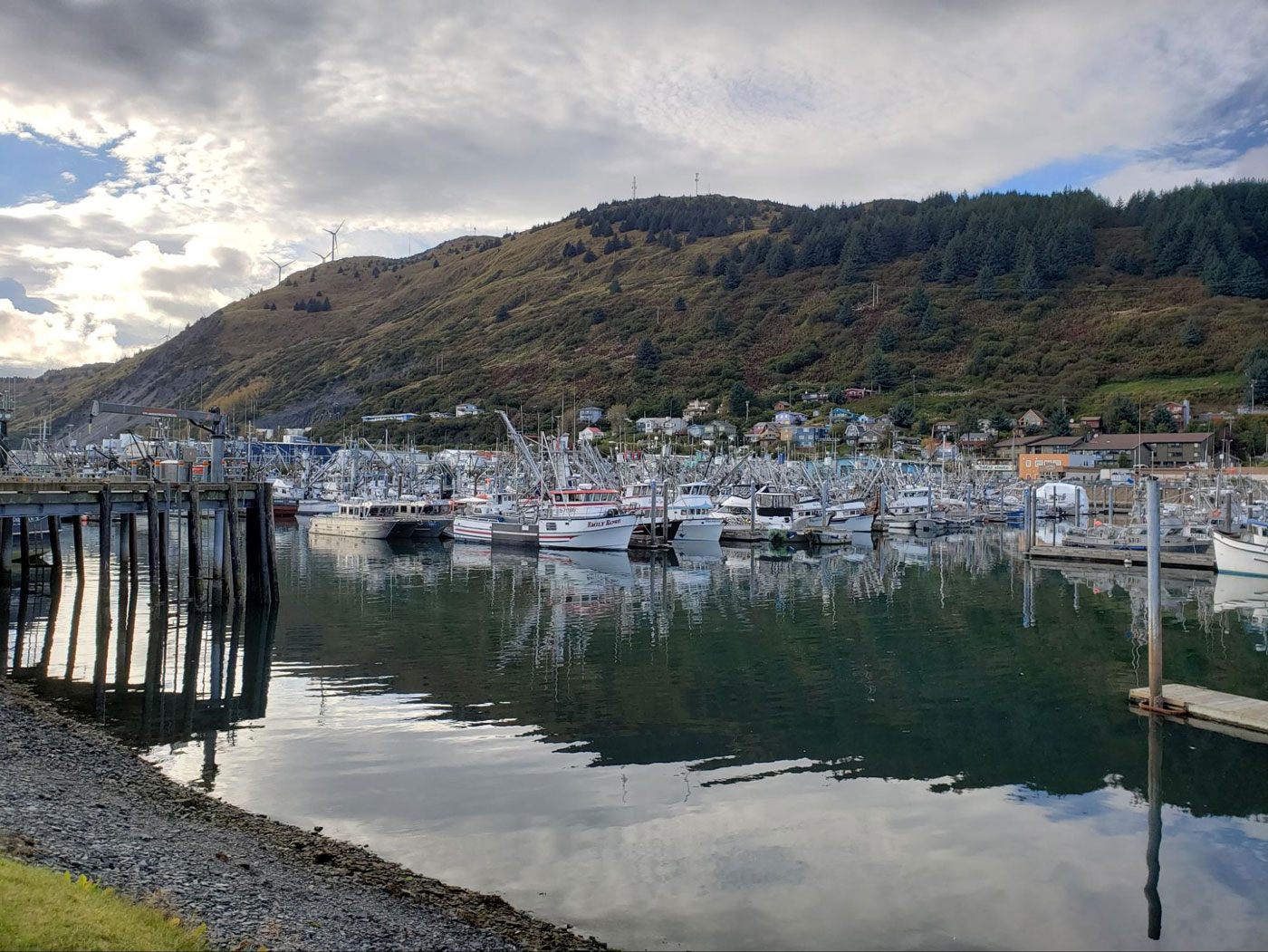
Kodiak
The community of Kodiak is located on Kodiak Island, the largest island in the Gulf of Alaska, located 90 miles southwest of the Kenai Peninsula. For the past 8,000 years, the island has been inhabited by the Alutiiq peoples who relied on the rich terrestrial and marine resources of the region. Kodiak is home to a diverse fleet of fishermen that target a tremendous variety of resources including pollock, rockfish, flatfish, halibut, sablefish, salmon, crab, and dive fisheries. The planning effort in Kodiak will include the other Kodiak Island communities.
What is Adaptation Planning?
Climate adaptation planning is an iterative process that allows communities to understand and plan for localized vulnerabilities associated with climate-driven changes.



